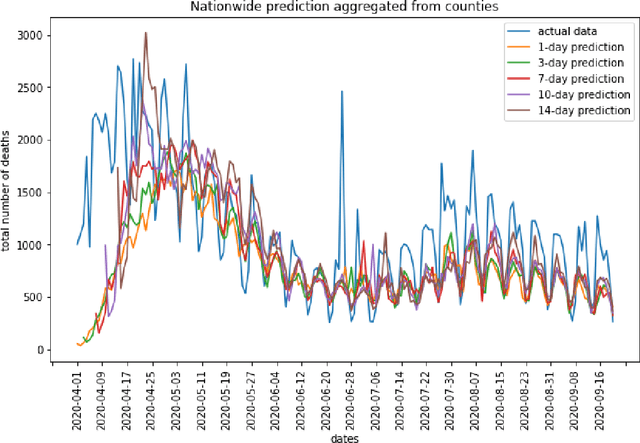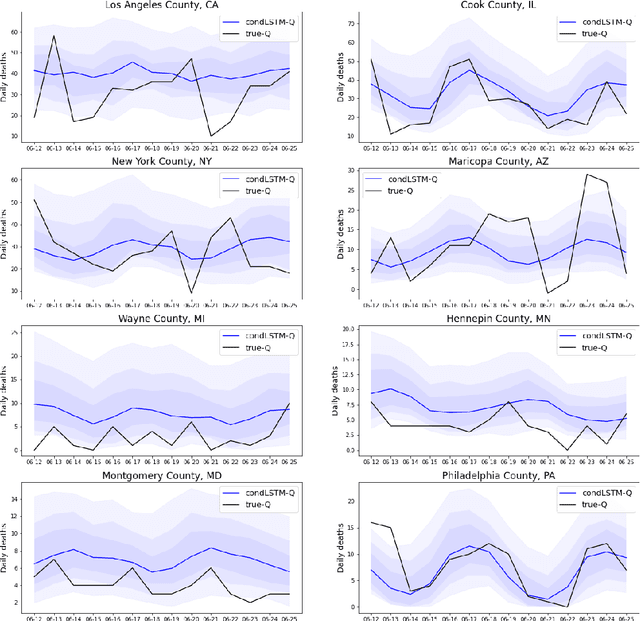Tzu-Chen Huang
Walter Burke Institute for Theoretical Physics, Caltech
Deep learning lattice gauge theories
May 23, 2024Abstract:Monte Carlo methods have led to profound insights into the strong-coupling behaviour of lattice gauge theories and produced remarkable results such as first-principles computations of hadron masses. Despite tremendous progress over the last four decades, fundamental challenges such as the sign problem and the inability to simulate real-time dynamics remain. Neural network quantum states have emerged as an alternative method that seeks to overcome these challenges. In this work, we use gauge-invariant neural network quantum states to accurately compute the ground state of $\mathbb{Z}_N$ lattice gauge theories in $2+1$ dimensions. Using transfer learning, we study the distinct topological phases and the confinement phase transition of these theories. For $\mathbb{Z}_2$, we identify a continuous transition and compute critical exponents, finding excellent agreement with existing numerics for the expected Ising universality class. In the $\mathbb{Z}_3$ case, we observe a weakly first-order transition and identify the critical coupling. Our findings suggest that neural network quantum states are a promising method for precise studies of lattice gauge theory.
condLSTM-Q: A novel deep learning model for predicting Covid-19 mortality in fine geographical Scale
Nov 23, 2020



Abstract:Predictive models with a focus on different spatial-temporal scales benefit governments and healthcare systems to combat the COVID-19 pandemic. Here we present the conditional Long Short-Term Memory networks with Quantile output (condLSTM-Q), a well-performing model for making quantile predictions on COVID-19 death tolls at the county level with a two-week forecast window. This fine geographical scale is a rare but useful feature in publicly available predictive models, which would especially benefit state-level officials to coordinate resources within the state. The quantile predictions from condLSTM-Q inform people about the distribution of the predicted death tolls, allowing better evaluation of possible trajectories of the severity. Given the scalability and generalizability of neural network models, this model could incorporate additional data sources with ease, and could be further developed to generate other useful predictions such as new cases or hospitalizations intuitively.
 Add to Chrome
Add to Chrome Add to Firefox
Add to Firefox Add to Edge
Add to Edge